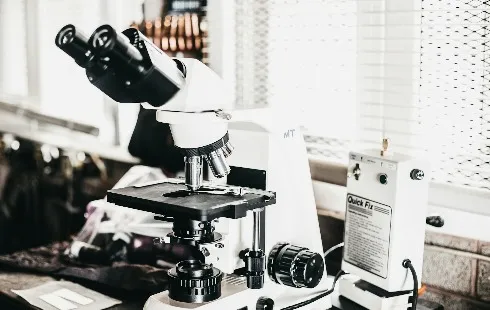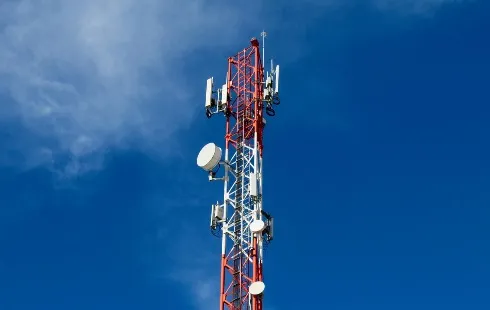
Gonadorelin Peptide: A Gateway to Understanding Endocrine Dynamics
Section: Science
A recent study conducted by researchers at National Jewish Health has unveiled a significant link between skin barrier dysfunction and eosinophilic esophagitis (EoE), a chronic allergic condition affecting the esophagus in children. This innovative research suggests that skin may serve as a potential biomarker to facilitate noninvasive diagnosis of EoE using skin tape.
The investigation, led by notable researchers Elena Goleva, Ph.D., and Donald Y. Leung, MD, Ph.D., in collaboration with Seema Aceves, MD, Ph.D., from the University of California San Diego, examined the role of ceramides--lipid molecules vital for the skin's protective barrier. The findings, published in the Journal of Allergy and Clinical Immunology, indicate that children diagnosed with EoE, who do not exhibit symptoms of atopic dermatitis, demonstrate significant deficits in long-chain and ultralong-chain ceramides when compared to healthy peers.
Dr. Goleva emphasized that this research marks the first evidence of skin barrier lipid abnormalities associated with EoE, even in the absence of visible skin conditions. The study supports the hypothesis that a unified dysfunction of the epithelial barrier underlies allergic diseases affecting both the skin and the esophagus.
Eosinophilic esophagitis is characterized by inflammation and immune-mediated damage to the esophageal lining, often triggered by food allergens. It frequently coexists with other allergic conditions, such as eczema and food allergies. However, until now, reliable noninvasive markers for assessing EoE risk--especially in children without apparent skin symptoms--have been lacking.
The research team advocates that this study could revolutionize EoE diagnosis by utilizing noninvasive skin tape stripping techniques, thereby eliminating the need for invasive procedures such as endoscopy. Dr. Leung noted that by analyzing lipid profiles from the skin, it may be possible to identify epithelial vulnerabilities before the onset of symptoms, leading to earlier diagnosis and better management of the disease.
Employing advanced lipidomics analysis through liquid chromatography with tandem mass spectrometry, the researchers collected skin samples from participants using tape strips taken from their forearms. The results indicate a shared origin of both EoE and eczema in defective lipid metabolism and epithelial barrier dysfunction.
This groundbreaking research has significant implications for the treatment and monitoring of allergic conditions in children.

Section: Science

Section: Health

Section: Arts

Section: Health

Section: Science

Section: News

Section: News

Section: Health Insurance

Section: Health

Section: News
Health Insurance in Germany is compulsory and sometimes complicated, not to mention expensive. As an expat, you are required to navigate this landscape within weeks of arriving, so check our FAQ on PKV. For our guide on resources and access to agents who can give you a competitive quote, try our PKV Cost comparison tool.
Germany is famous for its medical expertise and extensive number of hospitals and clinics. See this comprehensive directory of hospitals and clinics across the country, complete with links to their websites, addresses, contact info, and specializations/services.
What do you get when you blend the tradition of American stand-up comedy with themes that are anything but funny? Pair that with a captivating performer and author like Claus von Wagner, and you're guaranteed a fantastic evening. Projekt Equilibrium is his latest program, which explores the quest...



No comments yet. Be the first to comment!